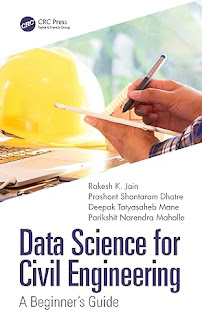MATLAB R2024a: Math. Graphics. Programming.
MATLAB R2024a v24.1.0.2537033 x64 [Size: 12.375 GB] ... The company MathWorks is the most complete software computing computer production in … program main the company that, in fact, come, it is software MATLAB (stands for Matrix Laboratory and able laboratories, matrix), which is one of the most advanced software numerical calculations, and mathematical and a programming language, advanced, and fourth-generation and it is possible to visualize and draw the functions and data it provides. Icon and sign MATLAB that with the manufacturer’s logo is also identical from the wave equation, etc. of the membrane in L-shape and the Special Functions is extracted. Competitors of MATLAB can be used to Mathematica, etc. Maple and Mathcad noted.
Facilities and features of the software MathWorks MATLAB: – Perform a variety of calculations, heavy and complicated math – Development environment for managing code, files and data – Discover the methods to faster reach a solution – A variety of mathematical functions for linear algebra, etc. statistics. analysis, February,, optimization, etc. filtering, etc. old style numeric and… – Draw functions of the graphics were two-dimensional and three-dimensional visualization information – Design and build user interfaces under the programming languages C++, C or Java – Ability to test and measure the exact functions and charts – Possibility of signal processing, communications, image and video – Is there a box of tools from various companies, engineering, navigation, applications monitoring, such as telecommunications, control, fuzzy, etc. estimate the … statistics. gathering data, simulation system, neural network, etc. probability and… – Ability to biological computing ...
Facilities and features of the software MathWorks MATLAB: – Perform a variety of calculations, heavy and complicated math – Development environment for managing code, files and data – Discover the methods to faster reach a solution – A variety of mathematical functions for linear algebra, etc. statistics. analysis, February,, optimization, etc. filtering, etc. old style numeric and… – Draw functions of the graphics were two-dimensional and three-dimensional visualization information – Design and build user interfaces under the programming languages C++, C or Java – Ability to test and measure the exact functions and charts – Possibility of signal processing, communications, image and video – Is there a box of tools from various companies, engineering, navigation, applications monitoring, such as telecommunications, control, fuzzy, etc. estimate the … statistics. gathering data, simulation system, neural network, etc. probability and… – Ability to biological computing ...








